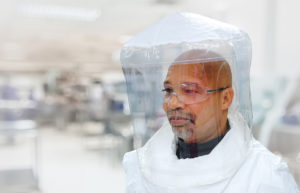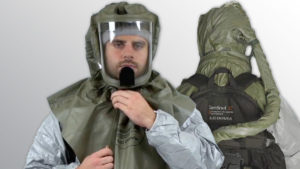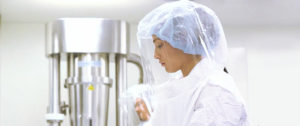Dive into the world of Powered Air-Purifying Respirators (PAPRs) and learn how PAPRs provide superior protection and comfort in various industries, enhancing safety and efficiency at the workplace.
What is a PAPR?
A Powered Air-Purifying Respirator (PAPR) is a type of respirator that uses a fan to draw air through the filter, providing purified air to the user. This makes breathing easier and offers a higher level of protection compared to traditional masks. PAPRs are used in various environments, including pharmaceutical, healthcare, and industrial settings, to safeguard against particulates, gases, and vapors.



What are the advantages of using PAPRs?
PAPRs stand out for their ability to combine safety with unparalleled comfort. The use of a fan to assist in airflow reduces the breathing effort required, making PAPRs ideal for extended wear in demanding work conditions. This ease of use not only enhances wearer comfort but also significantly improves compliance with safety protocols. Moreover, the adaptability of PAPRs allows for customization to meet specific industry needs, providing comprehensive protection in a variety of work environments.
What are the key features and customization options of PAPRs?
PAPRs are engineered for versatility, with a wide range of headgear, breathing tubes, and blower units available to tailor the system to the wearer’s requirements. This customization extends to the integration of other personal protective equipment (PPE), such as head, eye, and face protection, ensuring a holistic safety solution. Industries from heavy industrial and construction to healthcare and pharmaceuticals benefit from the tailored protection PAPRs offer.
How effective are PAPRs?
The effectiveness of a PAPR is significantly influenced by the type of filter used. HEPA filters, capable of removing particles smaller than 5 microns, are common in PAPRs, making them suitable for environments with fine particulate matter, pathogens, and certain volatile organic compounds. The selection of the appropriate filter is crucial for the PAPR’s performance, with options available for a wide range of contaminants encountered in various professional settings.
How to select the right PAPR system
When choosing a PAPR system, factors such as the work environment, duration of use, and specific hazards must be considered. ILC Dover offers an array of PAPR configurations, each designed to address distinct safety challenges. Consulting with safety managers and conducting a thorough risk assessment can guide the selection of the most appropriate PAPR system for your needs.

